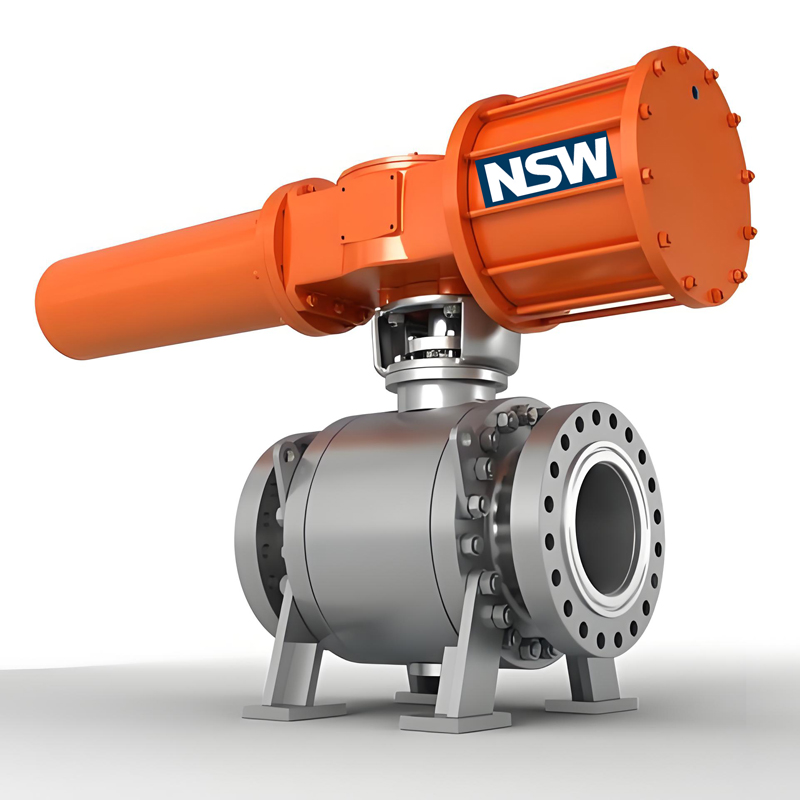An Emergency Shut Down Valve (ESDV) is a critical component in various industrial processes, particularly in the oil and gas sector, where safety and efficiency are paramount. ESDV are designed to quickly halt the flow of fluids or gases in the event of an emergency, thereby preventing potential hazards such as leaks, explosions, or other catastrophic failures.
The term “SDV” refers to Shut Down Valve, which encompasses a broader category of valves used to stop the flow of substances in pipelines. While all ESDVs are SDVs, not all SDVs are classified as ESDVs. The distinction lies in the specific function and the urgency of the response required. ESDVs are typically activated automatically by safety systems or manually by operators in emergency situations, ensuring rapid response to mitigate risks.
ESDVs are equipped with various features that enhance their reliability and performance. These may include fail-safe mechanisms, which ensure that the valve closes in the event of a power failure, and remote control capabilities, allowing operators to manage the valve from a safe distance. The design and materials used in ESDVs are also crucial, as they must withstand extreme pressures and corrosive environments often found in industrial settings.
In summary, the Emergency Shut Down Valve (ESDV) plays a vital role in maintaining safety in industrial operations. By understanding what an ESDV is and how it functions, operators can better appreciate its importance in emergency preparedness and response strategies. The effective implementation of ESDVs not only protects personnel and equipment but also contributes to the overall integrity of industrial processes, making them indispensable in high-risk environments.
Post time: Jan-04-2025


